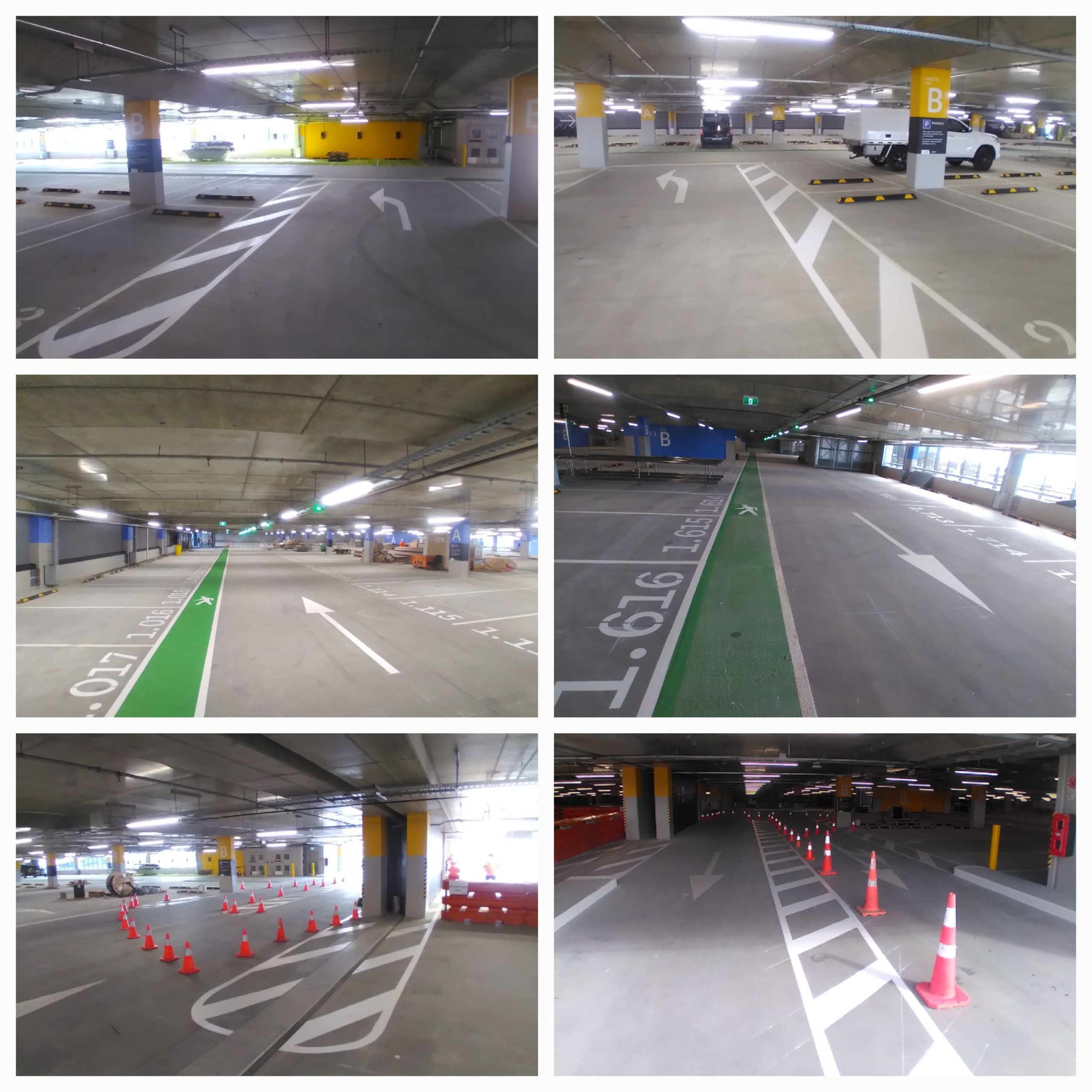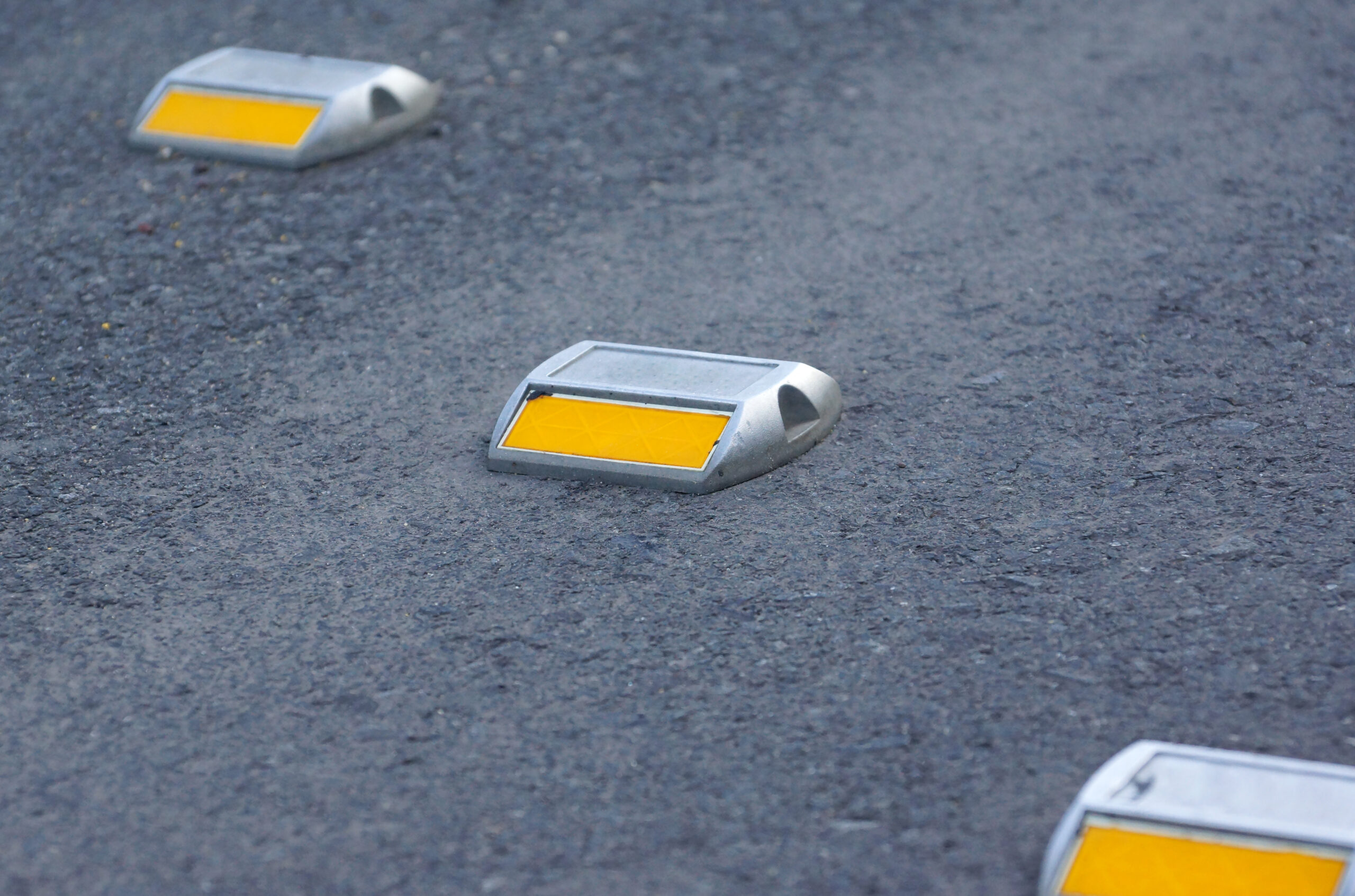In the journey of transportation infrastructure, even the smallest innovations can make a significant impact. Among these, Retro-Reflective Raised Pavement Markers (RRPMs) stand as humble yet vital contributors to road safety and efficiency. Let’s take a trip down memory lane to explore the fascinating history of RRPMs.
The Early Beginnings
The concept of using markers to delineate roads dates back centuries, with historical records showing various methods employed to guide travellers safely. However, the modern era of pavement markers emerged in the early 20th century. Initially, these markers were simple, often made of metal or ceramic, and lacked the retro-reflective properties we now associate with RRPMs.
Innovations in Reflective Technology
The pivotal development in RRPM history came with the invention of retro-reflection technology. This breakthrough, which occurred in the 1930s, involved embedding tiny glass beads into the surface of road markings. These beads, when struck by headlights, reflected light back towards its source, making the markers highly visible to drivers even in low-light conditions.
Evolution of Design
As the understanding of retro-reflection grew, so did the design and functionality of RRPMs. Manufacturers experimented with different materials and configurations to enhance visibility and durability. This led to the creation of raised markers, which protruded from the pavement surface, offering better resistance to wear and tear while maintaining optimal reflective properties.
Advancements in Road Safety
The widespread adoption of RRPMs revolutionized road safety standards around the world. These markers provided clear guidance to drivers, especially on poorly lit roads and during adverse weather conditions. Their effectiveness in reducing accidents and improving navigation made them indispensable elements of modern road infrastructure.
Global Adoption and Standardization
Over the decades, RRPMs became a ubiquitous feature of roadways globally. Their standardized design and specifications ensured uniformity and consistency in road markings, facilitating international travel and trade. Regulatory bodies and transportation authorities established guidelines for the installation and maintenance of RRPMs, further enhancing their role in road safety.
Innovations in Sustainability
As environmental concerns gained prominence, the transportation industry began exploring sustainable alternatives for pavement markers. Innovations such as solar-powered RRPMs and markers made from recycled materials emerged, offering eco-friendly solutions without compromising performance.
Looking Towards the Future
As we reflect on the history of RRPMs, it’s evident that these small yet significant innovations have played a crucial role in shaping the landscape of transportation infrastructure. As technology continues to advance, we can expect further refinements in RRPM design, incorporating features such as smart connectivity and adaptive lighting to enhance safety and efficiency on our roads.
In conclusion, the history of Retro-Reflective Raised Pavement Markers is a testament to human ingenuity and our relentless pursuit of safer, more efficient transportation systems. From humble beginnings to global adoption, RRPMs have left an indelible mark on the roads we traverse, guiding us towards a brighter, safer future.





